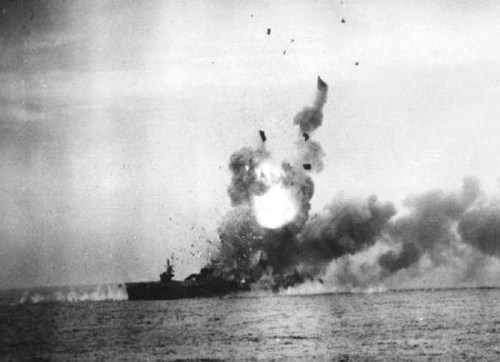I don’t know how my memory works other than to say that, nowadays, for the most part, “It doesn’t”. That’s just a question of age, though, and the fault of some of my prescription medicines.
Some of my earliest memories are pictures. Pictures that somehow have remained in my mind for year after year, decade after decade. They come from many sources. Books and comics. Films and TV programmes and sport as well. And rather disconcertingly, as I have done the necessary research for these blog posts, many of my longstanding memories have actually proved to be rather false.
My earliest recollections come from the very few bubble gum cards that I had. In the late 1950s, a company called Chix did a very nice set of footballers, and I was captivated by the card depicting Jeff Whitefoot, whose name absolutely fascinated me. With all the cowboy programmes we used to watch on TV at that time, I suspect that I came very close to believing that Jeff was a member of some obscure tribe of English Red Indians who lived in the Black Hills of Manchester:
The best example of what might be termed false or mistaken memory is the card showing a player called Cliff Holton. My recollection as an adult is that as a child I was fascinated by the strange colour of Holton’s shirt. He played for Northampton Town whose shirts were an unusual purple-very dark violet-maroony colour. But now, with the help of ebay, I have discovered that Chix only ever portrayed Holton as an Arsenal player, with an ordinary red Arsenal shirt. So, for what it’s worth, here’s Cliff Holton, that well known Arsenal centre forward. Let’s be generous to an eight year old, though. Perhaps some of the cards had a more purple tinge than others, especially when it came to those hooped socks:

Other distant images that have stayed with me include a few from a series of bubble gum cards which were rather snappily entitled “WHO-Z-AT STAR ?” . One card was of a young actor called Edmund Purdom, the star of “an adventure show” I used to watch entitled “Sword of Freedom”. It was not particularly popular in the industrial East Midlands of England. I suspect that it may have been too heavy handed an allegory of the Cold War and the Dirty Repressive Commies. The tights clad hero was “a maverick freedom fighter, prepared to die for his belief in a free society.” He was busy fighting “the tyrant who exercises control over 16th century Florence, the tyrannical Duke de Medici “.
Where I lived, within easy walking distance of at least half a dozen coal and clay mines it was pretty difficult to identify with “a city of poets and painters, wealth and marvels”. What I did like, though, was our hero’s rapier which looked as if the baddies were being stabbed by a yard long toothpick.
Here he is!

The same series provided a card depicting Conrad Phillips in the lead role of “William Tell”, complete with his rather strange sheepskin coat and crossbow. As a small child, I always felt rather unsettled because he never seemed to have proper sleeves in his coat, and I used to worry that he would catch cold, up there in those Swiss mountains:

Another card in the same series depicted Willoughby Goddard, who portrayed the gigantic Gessler, the villainous Austrian ruler of Switzerland. I was fascinated by the piece of information on the back of the card that when he went by airliner, he always had to buy three tickets for three seats to avoid crushing other passengers. At that time there was an incident in one episode that I didn’t understand at the time. William Tell had Gessler at his mercy, but let him go free. Tell’s little son asked his sheepskin clad Dad why he hadn’t got rid of the evil Gessler once and for all. Tell replied that there was a risk that if they ever killed Gessler, the Austrians might send somebody who was competent and then the Swiss would be in trouble:

Two puzzles to finish with. Which member of our family persuaded us all to watch “The Four Just Men”? an English TV series which was allocated its own card in the WHO-Z-AT STAR ?” collection.
How can the plot have been any more complicated ? The Four Just Men were Richard Conte, Dan Dailey, Jack Hawkins and Vittorio De Sica. Except for Jack Hawkins, I have no idea which one was which :

There were five assistants for the Four Just Men, played by Honor Blackman (Pussy Galore in Goldfinger), Lisa Gastoni, Andrew Keir (Professor Quatermass), Robert Rietti and June Thorburn :
This slideshow requires JavaScript.
The list of guest stars in the series, though, was simply amazing :
Judi Dench, Alan Bates, Leonard Sachs (Manuel), Patrick Troughton (Dr Who), Donald Pleasence (Blofeld), Richard Johnson, Ronald Howard (son of Leslie), Basil Dignam, Roger Delgado (The Master in Dr Who), Charles Gray (another Blofeld) and Frank Thornton (Captain Peacock) :
This slideshow requires JavaScript.
Next time, the pictures I remember from my comics.
Meanwhile, fill the lonely hours with………..




































